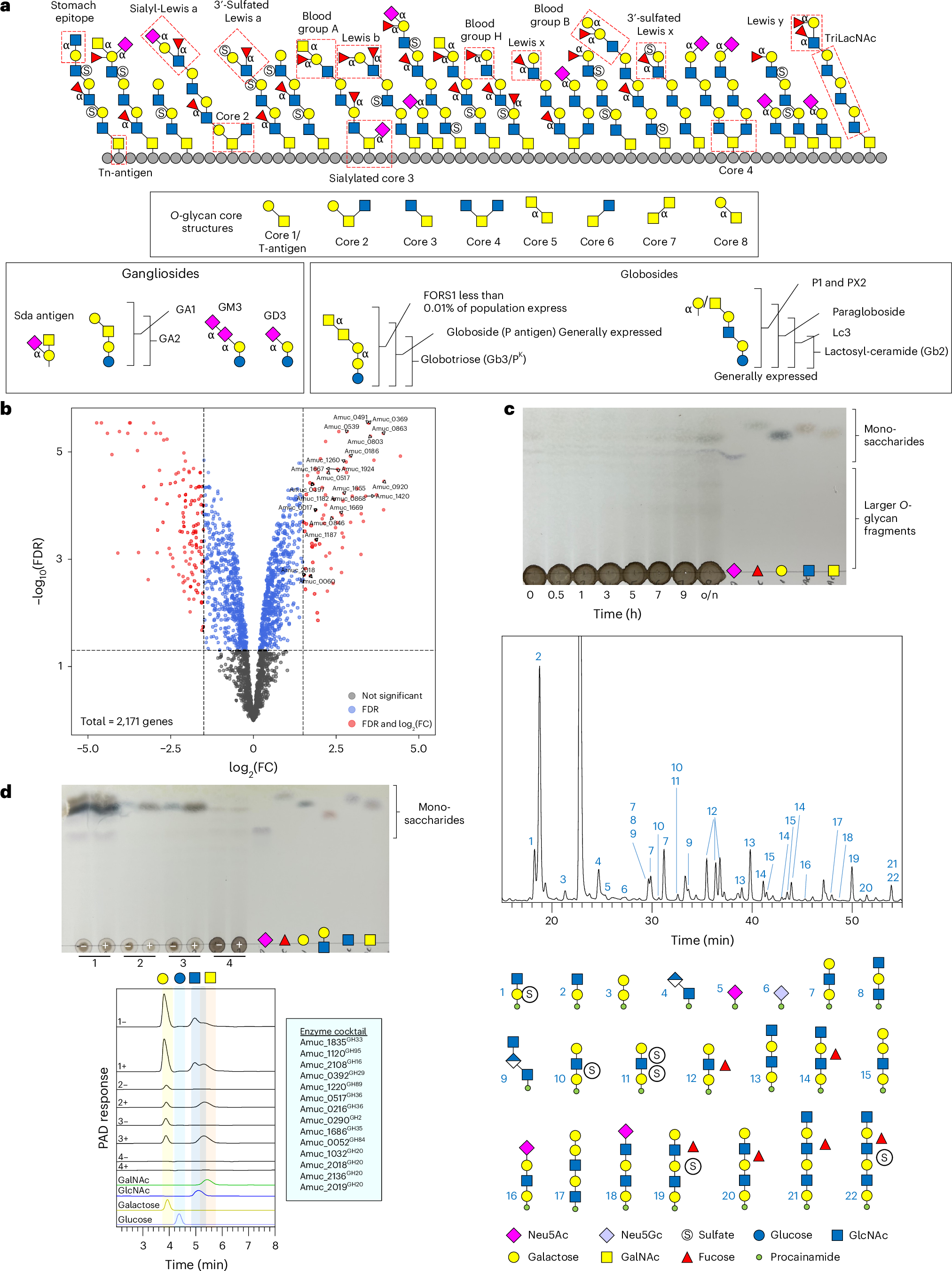2025-02-03 ペンシルベニア州立大学(PennState)
<関連情報>
- https://www.psu.edu/news/health-and-human-development/story/vitamin-d-matters-during-first-trimester-researchers-find
- https://www.sciencedirect.com/science/article/pii/S0002916524008906
- https://www.tandfonline.com/doi/abs/10.3109/14767058.2013.765849
多施設前向き妊娠コホートにおける母親のビタミンD状態、胎児成長パターン、有害な妊娠転帰 Maternal vitamin D status, fetal growth patterns, and adverse pregnancy outcomes in a multisite prospective pregnancy cohort
Celeste Beck, Nathan R Blue, Robert M Silver, Muzi Na, William A Grobman, Jonathan Steller, Samuel Parry, Christina Scifres, Alison D Gernand
The American Journal of Clinical Nutrition Available online: 20 November 2024
DOI:https://doi.org/10.1016/j.ajcnut.2024.11.018

Abstract
Background
Few studies have examined maternal vitamin D status and fetal growth patterns across gestation. Furthermore, time points in pregnancy at which maternal vitamin D status is most critical for optimal fetal growth and pregnancy outcomes are uncertain.
Objectives
Our objective was to examine whether first and second trimester maternal vitamin D status are associated with fetal growth patterns and pregnancy outcomes.
Methods
We conducted a secondary analysis using data and samples from a multisite prospective cohort study of nulliparous pregnant females in the United States. We measured serum 25-hydroxyvitamin D (25(OH)D) for 351 participants at 6–13 and 16–21 weeks of gestation. Fetal growth was measured by ultrasound at 16–21 and 22–29 weeks of gestation, and neonatal anthropometric measures at birth. We constructed fetal growth curves using length, weight, and head circumference z-scores, and calculated risk of preterm birth (<37 wk) and small for gestational age (SGA). We examined outcomes across 25(OH)D concentrations assessed continuously, using Institute of Medicine (IOM) cutoffs (<50 compared with ≥50 nmol/L), and using exploratory cutoffs (<40, 40–59.9, 60–79.9, ≥80 nmol/L).
Results
Vitamin D insufficiency (25(OH)D <50 nmol/L) was prevalent in 20% of participants in the first trimester. Each 10 nmol/L increase in first trimester 25(OH)D was associated with a 0.05 [95% confidence interval (CI): 0.01, 0.10] increase in length-for-age z-score but was not associated with weight or head circumference. There were no differences in risk of preterm birth or SGA using IOM cutoffs; participants with first trimester 25(OH)D <40 compared with ≥80 nmol/L had 4.35 (95% CI: 1.14, 16.55) times risk of preterm birth. Second trimester 25(OH)D was not associated with fetal growth patterns or with pregnancy outcomes.
Conclusions
First trimester 25(OH)D is positively associated with linear growth. Low first trimester 25(OH)D (<40 nmol/L) is associated with a higher risk of preterm birth. Second trimester 25(OH)D is not associated with fetal growth or pregnancy outcomes assessed.
母体のビタミンD状態と有害な妊娠転帰:系統的レビューとメタ解析 Maternal vitamin D status and adverse pregnancy outcomes: a systematic review and meta-analysis
Shu-Qin Wei,Hui-Ping Qi,Zhong-Cheng Luo & William D. Fraser
The Journal of Maternal-Fetal & Neonatal Medicine Published:11 Feb 2013
DOI:https://doi.org/10.3109/14767058.2013.765849
Abstract
Objective: To estimate the associations between maternal vitamin D status and adverse pregnancy outcomes.
Study design: We searched electronic databases of the human literature in PubMed, EMBASE and the Cochrane Library up to October, 2012 using the following keywords: “vitamin D” and “status” or “deficiency” or “insufficiency” and “pregnancy”. A systematic review and meta-analysis were conducted on observational studies that reported the association between maternal blood vitamin D levels and adverse pregnancy outcomes including preeclampsia, gestational diabetes mellitus (GDM), preterm birth or small-for-gestational age (SGA).
Results: Twenty-four studies met the inclusion criteria. Women with circulating 25-hydroxyvitamin D [25(OH)D] level less than 50 nmol/l in pregnancy experienced an increased risk of preeclampsia [odds ratio (OR) 2.09 (95% confidence intervals 1.50–2.90)], GDM [OR 1.38 (1.12–1.70)], preterm birth [OR 1.58 (1.08–2.31)] and SGA [OR 1.52 (1.08–2.15)].
Conclusion: Low maternal vitamin D levels in pregnancy may be associated with an increased risk of preeclampsia, GDM, preterm birth and SGA.


